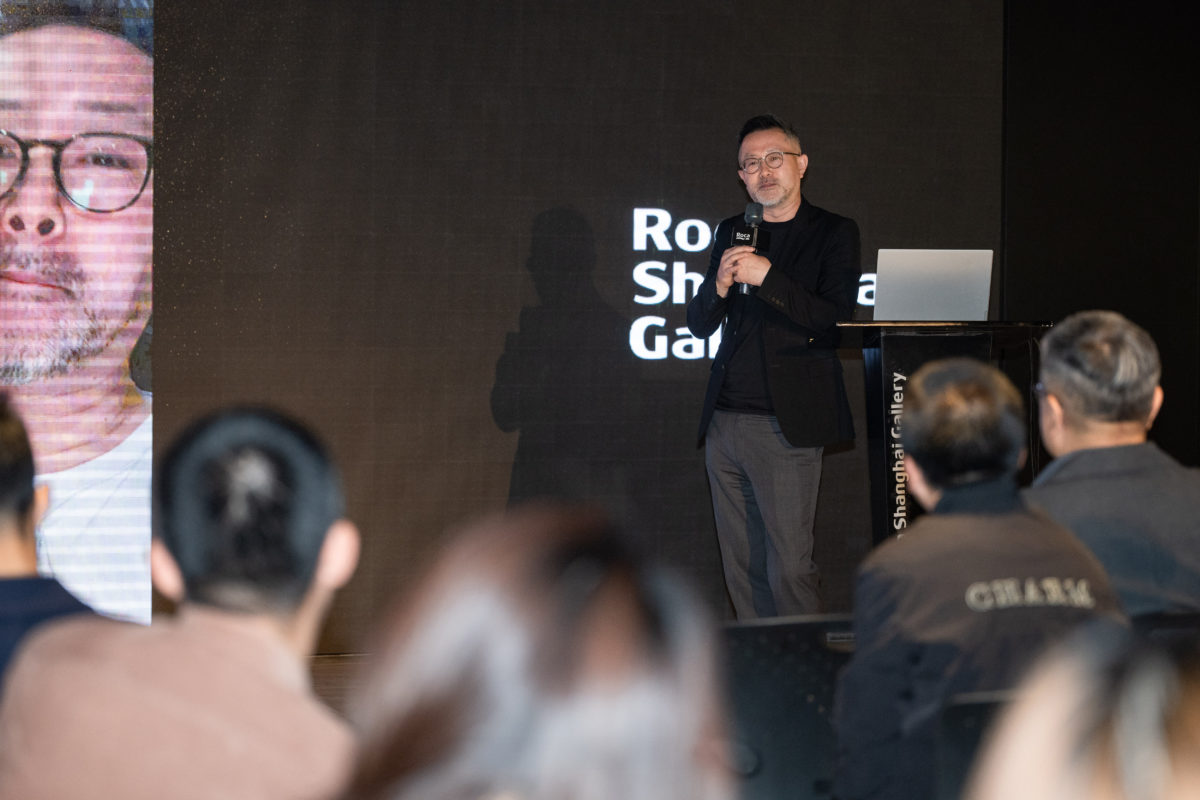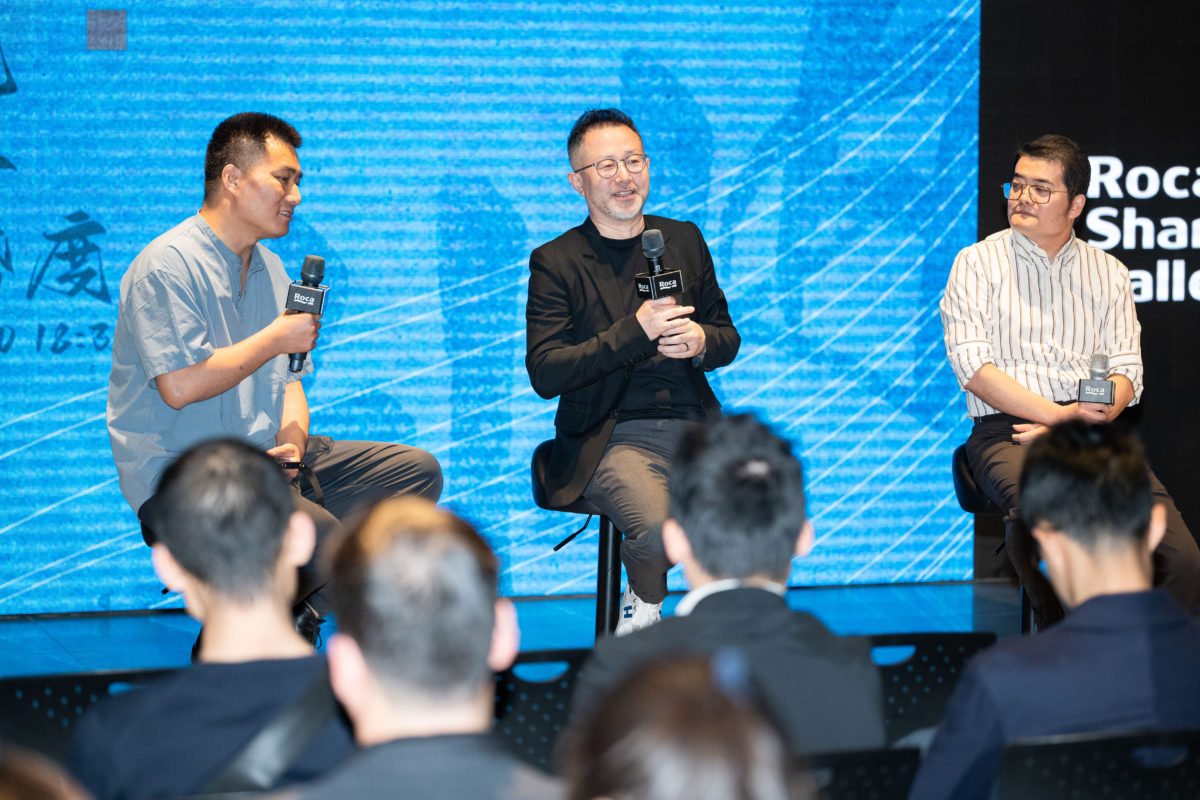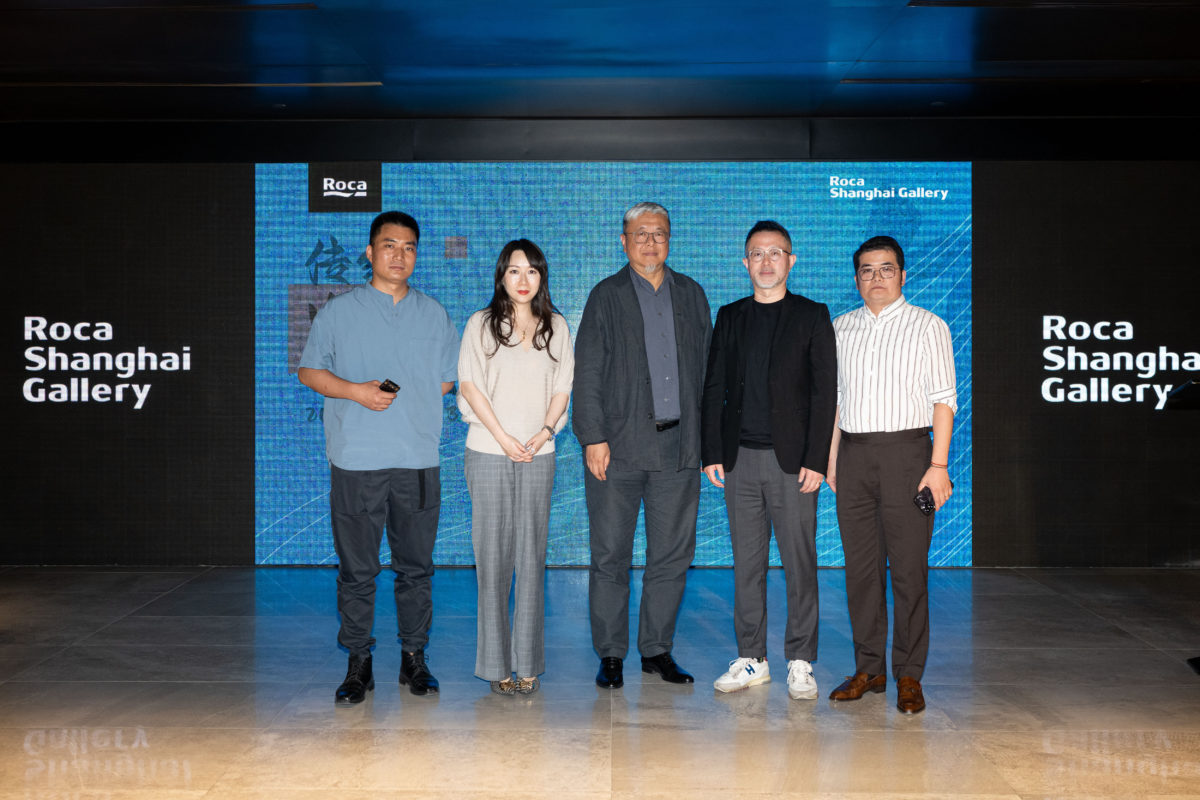On 10 May 2023, Qin Pang and other renowned architects and industry professionals, GMP and HKS gathered at Roca Shanghai Gallery to explore the convergence of tradition and modernity in architecture.
Benoy Director Qin Pang discusses tradition in a changing world at Roca Shanghai Gallery dialogue
"Just like the flow of a river, traditions are unstoppable – they are present throughout our lives."
Bridging Tradition and Modernity
On 10 May 2023, Roca Shanghai Gallery collaborated with the Chinese architectural news website “Architecture Files” (Jianzhu Dangan) for an evening event on the theme of “bridging tradition and modernity”.
The event included a dialogue with three distinguished guests, including Benoy’s Director, Head of Shanghai Studio, Qin Pang, who were invited to share their thoughts through a series of everyday photos.
The other guests included Wei Wu, Executive Partner of the German architectural firm GMP, and White Wang, Vice President and Regional Head of Design, Greater China at HKS. The dialogue was hosted by Bing Shao, Chief Editor and Founder of Architecture Files.
Capturing the Generational Gap: Exploring Tradition, Modernity, and the Unbreakable Bond
Qin shared a personal photo and highlighted the generational gap:
“This is a photo of my daughter and me. You can see the generational gap between us, which I’d like to use this photo to explain my understanding of the concept of time. My daughter was born in 2019 – I didn’t become a father until later in life, so she holds a very special place in my heart.
This photo can be used to illustrate the relationship between tradition and modernity. I symbolise tradition, while my daughter represents the future. Bringing up a child is a big commitment. Although my daughter will eventually grow up and go her own way in life – one might describe it as breaking free from tradition –an inseparable bond will always exist between us.
We all have a limited perspective of the world, which shapes our fleeting experiences of the past and future. Traditions manifest in various aspects in everything we do – just like genes are passed down from one generation to the next.
When we encounter a new problem, we cut ourselves from the constraints of the past to explore new approaches and gain new perspectives. It’s a never-ending cycle of renewal.


The Ever-Flowing River of History: Qin Pang’s Perspective on Tradition and Modernity
In this context, history can be compared to the continuous flow of a river. Facing upstream signifies our respect for tradition, while traveling downstream represents a forward-looking mindset. I see myself as part of this never-ending journey of history.
At times, I move swiftly, and other times, I just go with the flow. I think we all have the same goal in mind – to stay abreast with changing times and not to be left behind by the times.
This is not without challenges. Just like the relentless flow of a river, it is difficult to stop and completely detach ourselves from the rest of the world. However, looking at things from a different perspective can be very useful at times.
That’s why I view tradition as a seamless continuum, not as something incompatible with modernity or the future.
Q&A: Adapting Designs for an Ever-Changing World
Bing Shao: As architecture plays a pioneering role in driving change, how do you adapt your designs to respond to an ever-changing world?
Qin Pang: Over the past 2 decades, during a period of rapid economic growth and improved living standards, commercial spaces are not really catered to the needs of their users. For example, in the past, commercial spaces were typically filled with products from big-name brands.
However, today’s commercial spaces are very different – especially those from niche brands or brands which cater to a younger audience, have undergone significant changes.
Modern consumers, especially young individuals, prefer low-key and interesting spaces rather than oversized logos and well-known brands. This shift in preference reflects not only changes in spending habits, but it also demonstrates a fundamental change in the way people view the world.
That’s why we return to fundamental architectural principles when designing today’s commercial spaces, aiming to develop spaces that are captivating, stimulating and attentive to people’s needs.


Qin Pang: For instance, I recently had the opportunity to work on a landmark architectural project that required us to develop an eye-catching design.
Unlike many competitors who focused primarily on the superficial elements, my intention was to create something that people would remember for the next 20 – 30 years, just like cherished friends and family.
In the past, many spaces were too big, but the pandemic has revolutionised our perception of spatial design.
Over the past three years, I have had the chance to reflect and gain a deeper understanding into the factors that architecture needs to consider when designing buildings and spaces: upholding basic architectural principles and respecting people’s needs.
Q&A: Preserving Traditions in Design
Bing Shao: Every company has its own unique traditions, tendencies and preconceptions. It is crucial to be attentive to them in the realm of design. What are the traditions that inform your approach?
Qin Pang: Drawing from my own experience, I find that the UK shares similar traits with Gemini. The country embodies both conservative and progressive characteristics, as it embraces a diverse ranges of individuals, spanning the spectrum from ultra-conservative to ultra-progressive.
This combination of respect for tradition and capacity for innovation is also reflected in British history. In terms of design, the UK showcases a multitude of styles, indicating the society’s openness to embracing different ideas.





